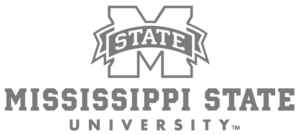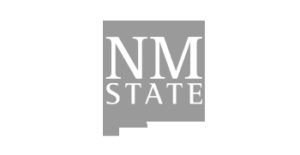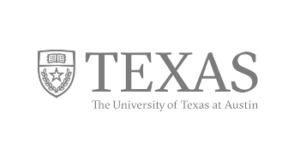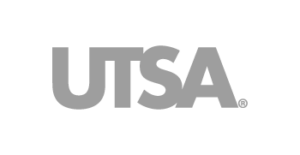The University of Texas at Dallas is proud to celebrate the accomplishments of Dr. Ifana Mahbub and her research team, who recently completed the National Science Foundation’s prestigious National I-Corps program. Their project, NeuroWave: Wireless Neural Stimulation and Recording System, seeks to revolutionize implantable medical devices by solving some of the most persistent challenges in neuromodulation, such as inefficient wireless power transfer and limited patient mobility.
Dr. Mahbub, an associate professor in the Department of Electrical and Computer Engineering and the Principal Investigator (PI) of this initiative, brings deep expertise in biomedical circuits, wireless power systems, and neuromodulation. Her leadership was pivotal in guiding the technical development of the team’s wireless neural interface technology, which emerged from her NSF CAREER-funded research (Award #2309413). This foundational research laid the groundwork for a system capable of long-term neuromodulation and electrophysiological recording in freely moving animal models, advancing towards real-world clinical applications.
Joining Dr. Mahbub in this translational journey were:
• Erik Pineda Alvarez (Entrepreneurial Lead), a master’s student in electrical engineering at UT Dallas, who led customer discovery efforts and market segmentation
• Nabanita Saha (Co-Entrepreneurial Lead), a Ph.D. candidate whose research in antenna miniaturization and wireless systems helped bridge the gap between cutting-edge technology and clinical relevance
• Alex Diaz (Industry Mentor), a seasoned entrepreneur and strategist with a strong track record in healthcare and AI ventures, provided guidance on regulatory pathways and commercialization strategies
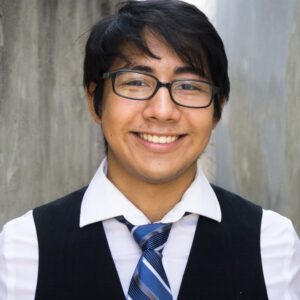
Erik Pineda-Alvarez, Entrepreneurial Lead (EL)
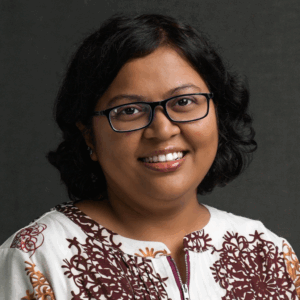
Dr. Ifana Mahbub, Technical Lead (TL)
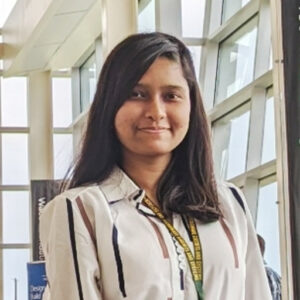
Nabanita Saha, Co-Entrepreneurial Lead (Co-EL)
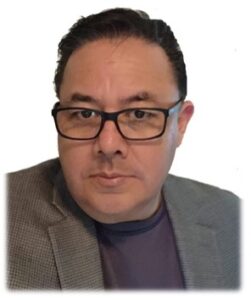
Alex Diaz, Industry Mentor (IM)
During the I-Corps program, the team conducted over 100 stakeholder interviews, engaging clinicians, neurosurgeons, hospital procurement specialists, and biomedical engineers. Their research uncovered a critical need for wireless neuromodulation systems that are minimally invasive, seamlessly integrate with existing operating room protocols, and address practical adoption barriers such as procurement policies, insurance reimbursement challenges, and regulatory hurdles.
Their solution — a phased array-based Wireless Power Transfer (WPT) system — is designed for precision, efficiency, and safety. Unlike conventional wired implants that limit patient movement and often require repeat surgeries, this system can power neural devices wirelessly while transmitting data to smartphones or clinical platforms. Such innovations have the potential to significantly improve outcomes for patients with chronic pain, epilepsy, Parkinson’s disease, and other neurological conditions.
“Our mission is to bring mobility and freedom to patients who rely on implantable neural devices,” said Dr. Mahbub. “By leveraging wireless power and communication, we aim to reduce the clinical burden of existing technologies and open doors to smarter, more connected therapies.”
Over the next year, the team plans to deepen its engagement with medical institutions and device integrators while refining the prototype through further biocompatibility testing and system integration. Their sights are set on future SBIR/STTR applications and early-stage investment as they position NeuroWave for commercialization.
With a clear vision, robust research foundation, and a deep commitment to patient-centered innovation, Dr. Mahbub’s team exemplifies the potential of lab-to-market pathways supported by the NSF I-Corps program. Their story underscores how university-led research can catalyze groundbreaking medical technologies that bridge the gap between engineering and healthcare.

